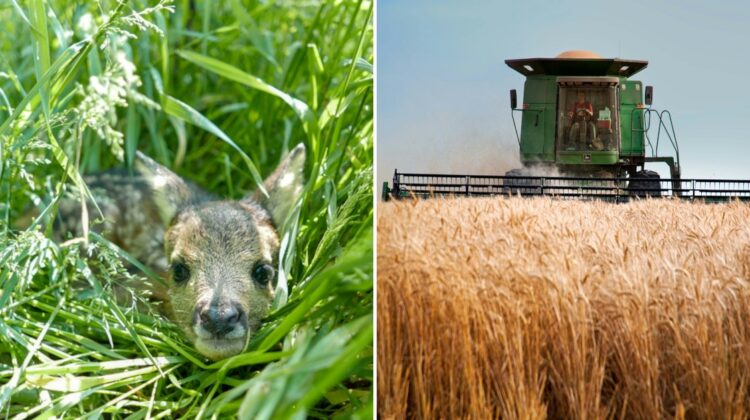
In Hungary, a pioneering effort led by the National Association of Drone Pilots and the Rókales Foundation, under the leadership of Norbert Kurunczi, is utilizing drones to safeguard vulnerable wildlife during harvest season.
As fields of grain transform into bustling work zones, numerous wild animal families, such as roe deer and foxes, face imminent peril. The once-protective foliage becomes a deadly hazard as enormous combine harvesters begin their operations, unwittingly endangering helpless animals, especially the young and newborns unable to flee.
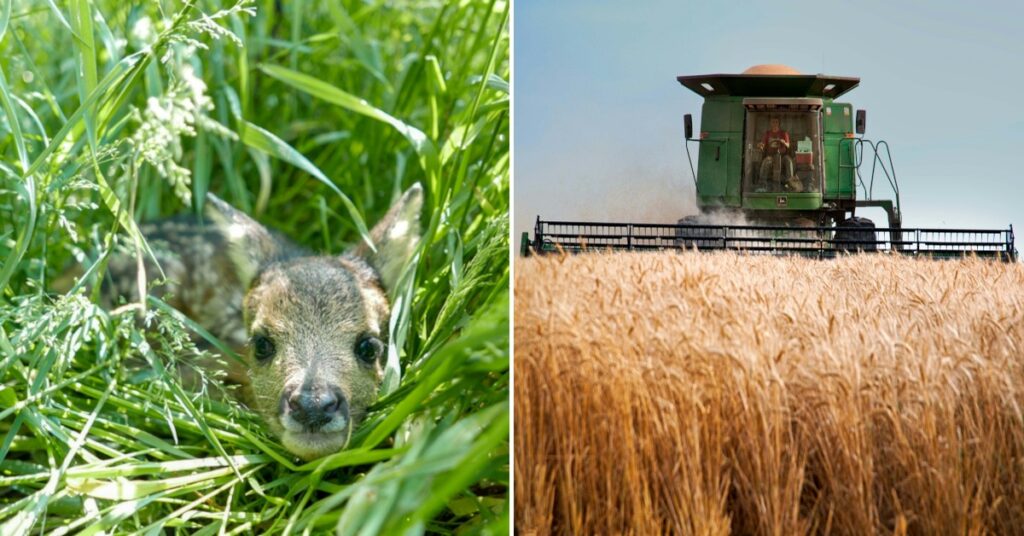
Antal Csevár, Vice President of the National Association of Drone Pilots, elucidates the rationale behind this groundbreaking initiative: “Traditional methods like using dogs or alarms have proven ineffective in these areas. Small game and newborns are particularly defenseless. Norbert proposed monitoring their whereabouts from above, which led to the use of drones.”
Equipped with thermal cameras, these drones can swiftly detect living creatures during the early morning hours, significantly enhancing wildlife protection efforts. This technological leap not only revolutionizes animal rescue but also gives drones a new, noble purpose.
Norbert Kurunczi, President of the Rókales Foundation, details their operational strategy: “We deploy drones at dawn when temperatures are cooler. Thermal cameras pinpoint the GPS coordinates of any living creature detected. If we find fawns, we mark their location, cover them with a protective basket, and place a flag nearby. This ensures they remain undisturbed when the harvesters pass through.”
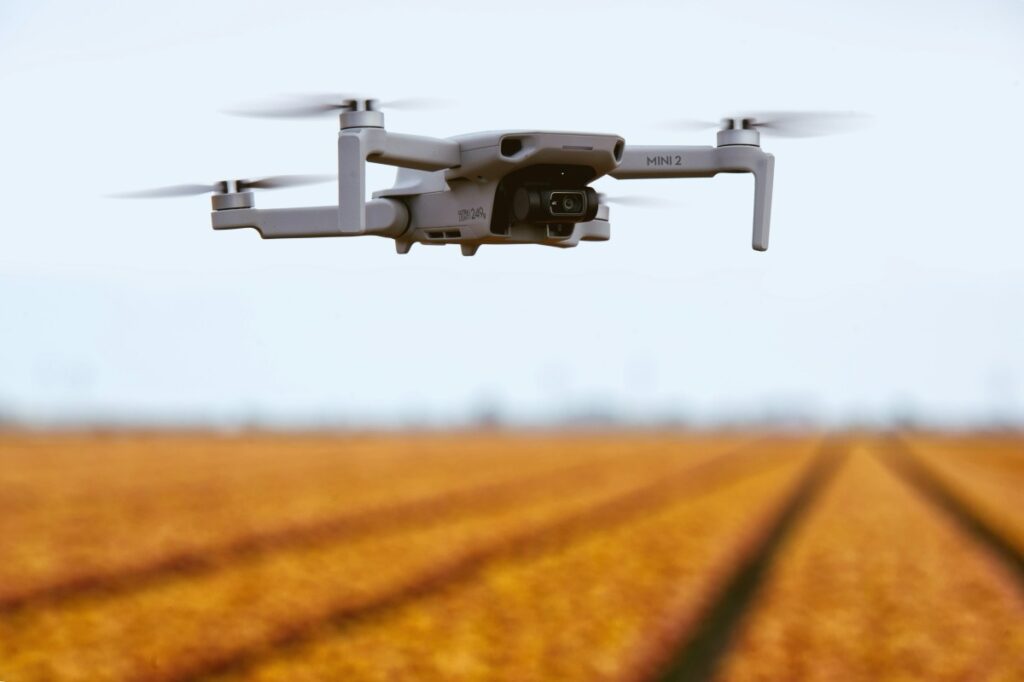
“When necessary, we relocate the fawns temporarily until the harvesting is complete, ensuring their safety from harm. The doe, their mother, returns regularly but avoids the area when the machinery is active,” he adds. “Unlike wildlife deterrents that prove ineffective, drones can cover vast areas efficiently. Two drones can scan approximately 100 hectares in just under 40 minutes.”
The initiative has sparked considerable interest among drone operators nationwide. The National Association of Drone Pilots, boasting hundreds of members and over 5,000 followers across two community groups, has issued a call for all drone enthusiasts to participate in this life-saving endeavor.
Though still in its infancy, the project shows promise. Norbert remains optimistic: “Even if we save just a hundred animals this year, it’s a success. This marks the beginning, and I’m confident that with growing recognition, next year will see even greater cooperation and success.”
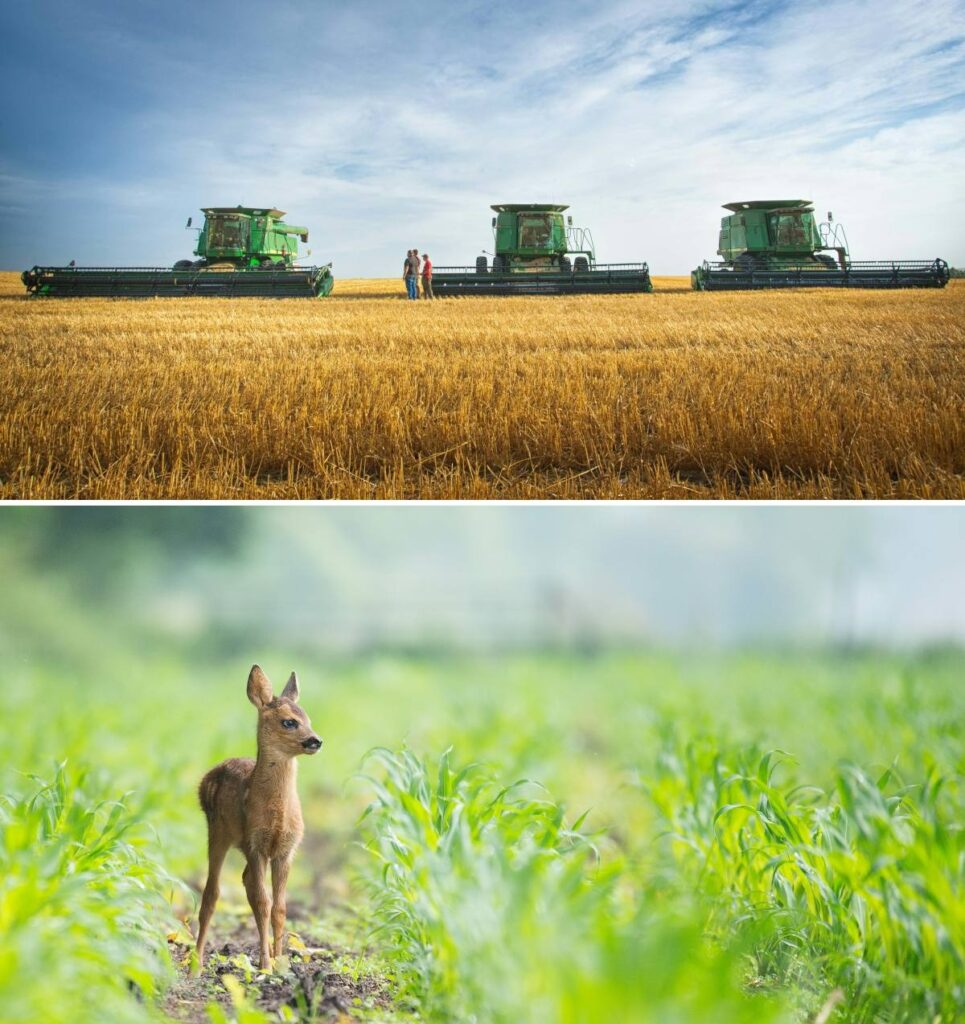
The initiative emphasizes collaboration with farmers, landowners, and hunting associations. Drones are deployed only when specific animal distress signals are identified, ensuring minimal disruption to crop yields.
This innovative use of drone technology not only preserves animal lives but also benefits farmers by preventing animal carcasses from contaminating harvested crops. As momentum builds, the organizers aim to make this service freely available and are actively engaging local governments to raise awareness among landowners.
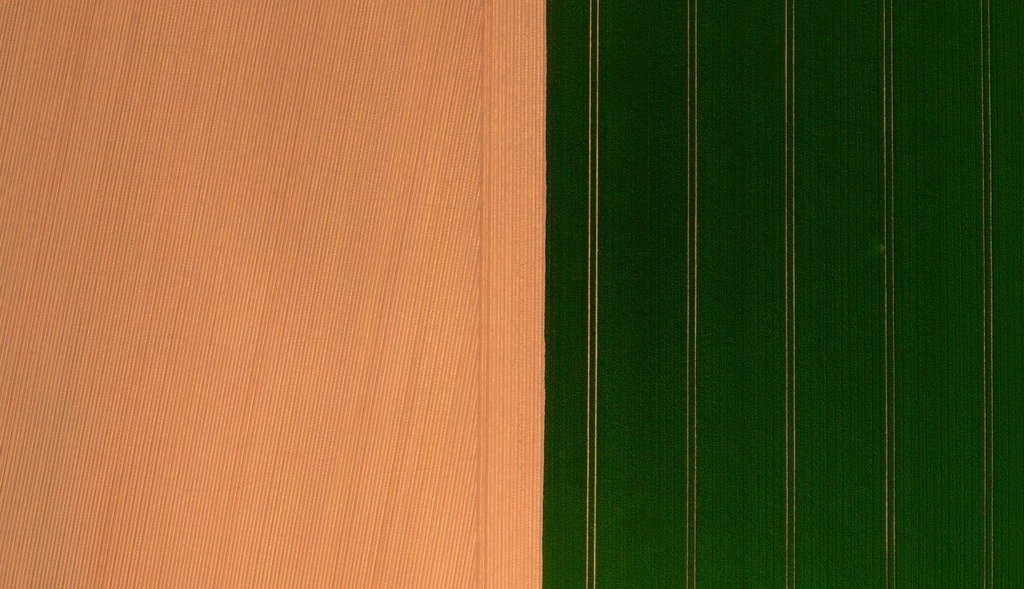
As harvest season progresses, time is of the essence. This pioneering approach signals a significant stride forward in wildlife conservation, showcasing how modern technology can reshape agricultural practices to be more environmentally and animal-friendly in the years to come.

Leave a Reply